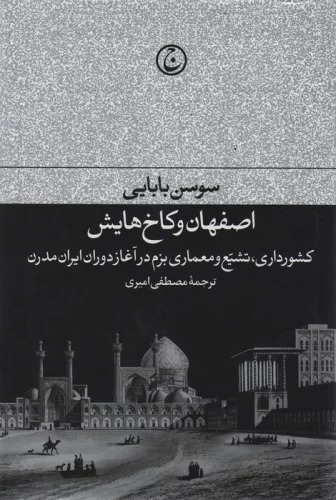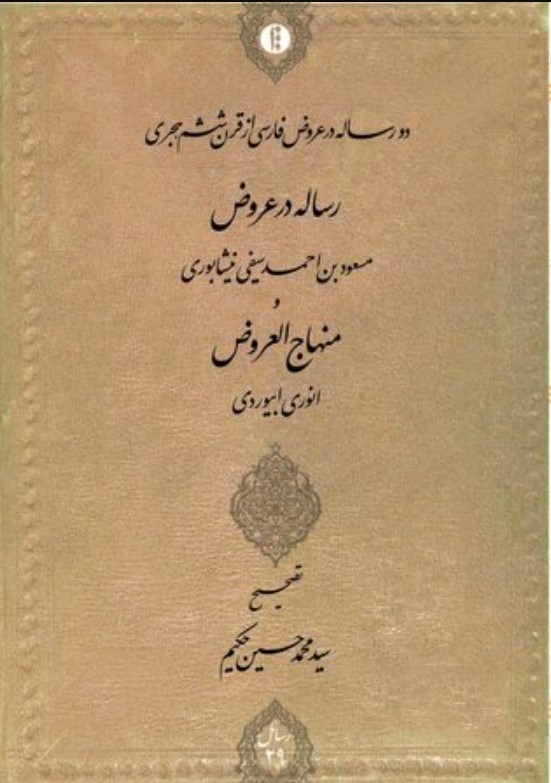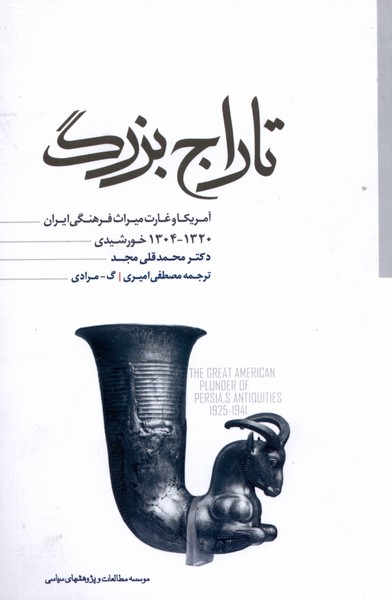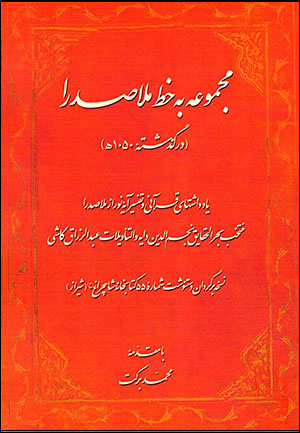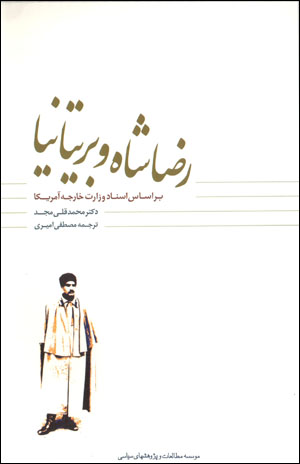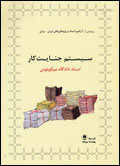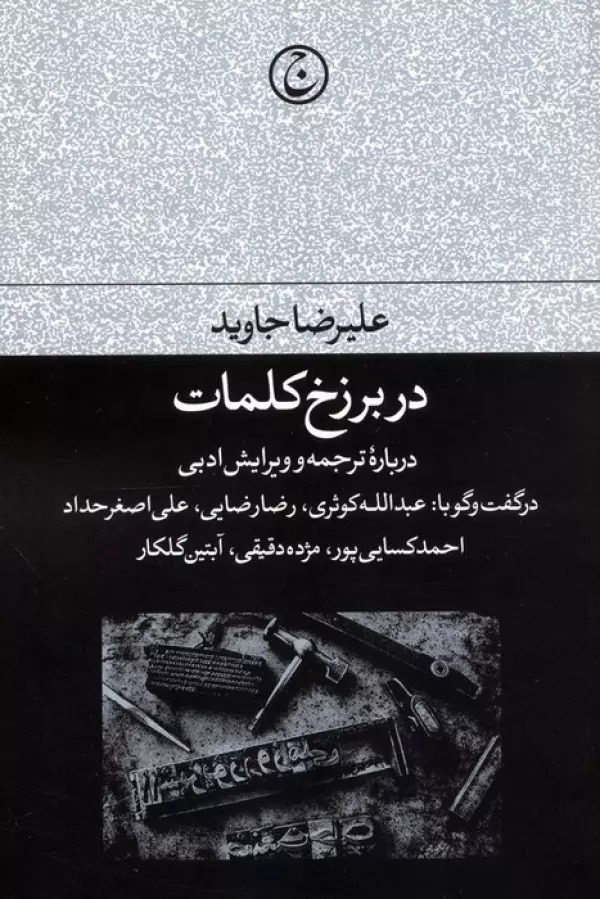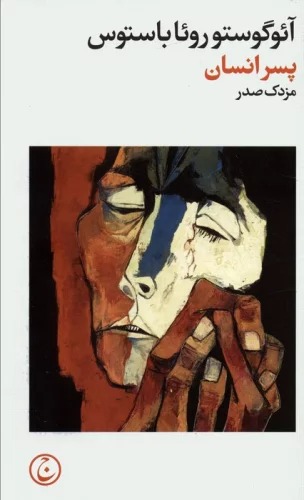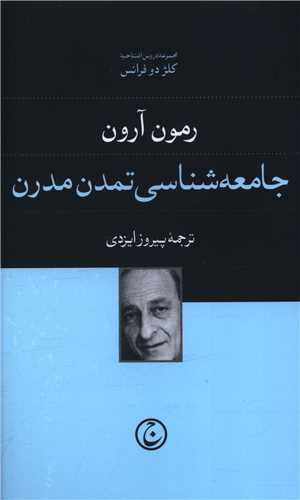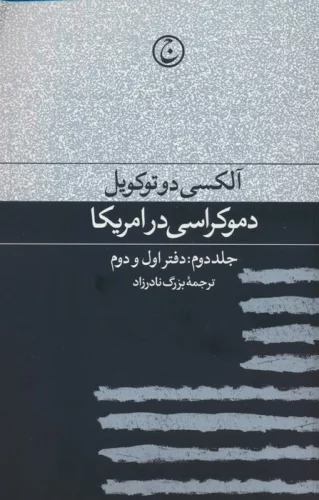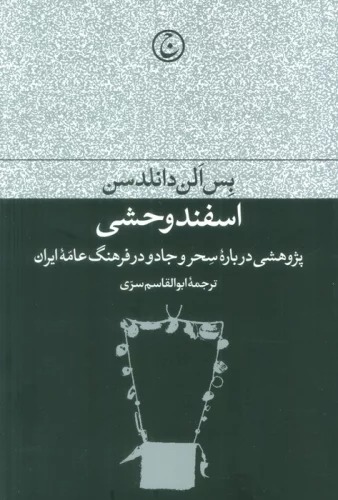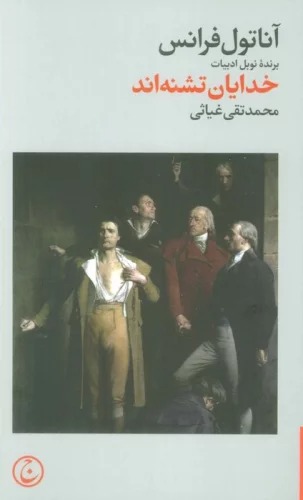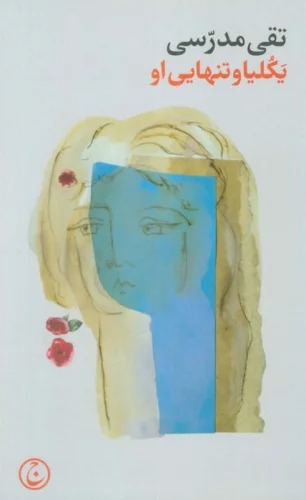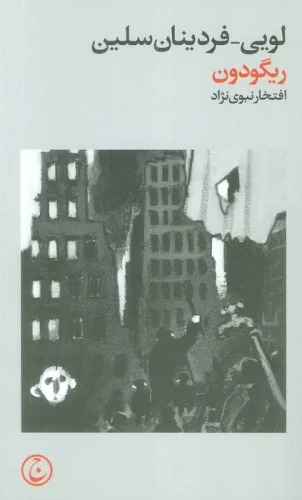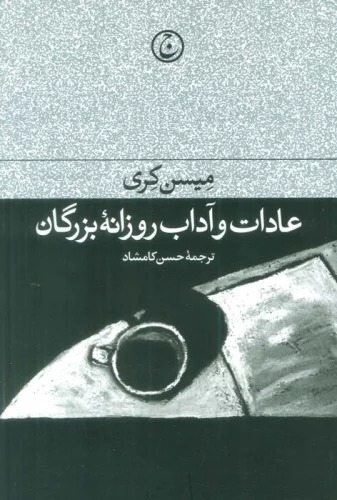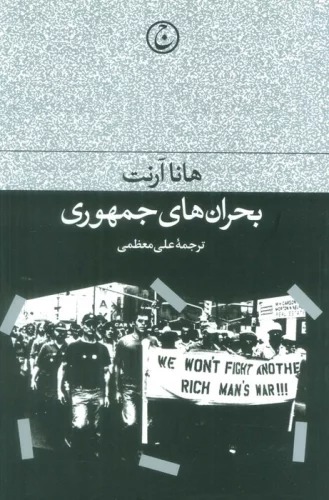اصفهان و کاخ هایش الفارسية 1400
Iṣfihān va Kākh'hā-yash
31٫13 $
مشاركة
Wishlist
العنوان الأصلي:
Isfahan and its Palaces: Statecraft
,
Shi`ism and the Architecture of Conviviality in Early Modern Iran
ISBN رقم:
9786006182100
المترجم:
Muṣṭafá Amīrī
الناشر:
Farhang-i Javid
الفئة العمرية:
البالغون
الصفحات:
480
الوزن:
747 g
أبعاد المنتج:
14 x 21 x 5٫5 cm
غلاف الكتاب:
غلاف ورقی
This beautifully illustrated history of Safavid Isfahan (1501–1722) explores the architectural and urban forms and networks of socio-cultural action that reflected a distinctly early modern and Perso-Shi‘i practice of kingship. An immense building campaign, initiated in 1590-91, transformed Isfahan from a provincial, medieval, and largely Sunni city into an urban-centered representation of the first Imami Shi‘i empire in the history of Islam. The historical process of Shi‘ification of Safavid Iran and the deployment of the arts in situating the shifts in the politico-religious agenda of the imperial household informs Sussan Babaie’s study of palatial architecture and urban environments of Isfahan and the earlier capitals of Tabriz and Qazvin. Babaie argues that since the Safavid claim presumed the inheritance both of the charisma of the Shi‘i Imams and of the aura of royal splendor integral to ancient Persian notions of kingship, a ceremonial regime was gradually devised in which access and proximity to the shah assumed the contours of an institutionalized form of feasting. Talar palaces, a new typology in Islamic palatial designs, and the urban-spatial articulation of access and proximity are the architectural anchors of this argument. Cast in the comparative light of urban spaces and palace complexes elsewhere and earlier―in the Timurid, Ottoman, and Mughal realms as well as in the early modern European capitals―Safavid Isfahan emerges as the epitome of a new architectural-urban paradigm in the early modern age.
more
این تاریخچه به زیبایی مصور اصفهان صفوی (1501-1722) اشکال معماری و شهرسازی و شبکههای کنش اجتماعی-فرهنگی را بررسی میکند که منعکسکننده شیوه سلطنتی بهطور مشخص اوایل مدرن و ایرانی-شیعی است.
یک کارزار عظیم ساختمانی، که در سالهای 1590-1591 آغاز شد، اصفهان را از یک شهر استانی، قرون وسطایی و عمدتا سنینشین به نمادی شهری محور از اولین امپراتوری شیعی امامی در تاریخ اسلام تبدیل کرد. روند تاریخی تشیع ایران صفوی و استقرار هنرها در جابجایی در دستور کار سیاسی-مذهبی خاندان شاهنشاهی حکایت از مطالعه سوسن بابایی در معماری کاخ و محیط های شهری اصفهان و پایتخت های پیشین تبریز و قزوین دارد. .
بابایی استدلال میکند که از آنجایی که ادعای صفویه مفروض وراثت امامان شیعه و هاله شکوه و جلال سلطنتی است که در مفاهیم باستانی ایرانی از سلطنت به ارث میرسد، به تدریج یک رژیم تشریفاتی ابداع شد که در آن دسترسی و نزدیکی به شاه سخت و غیرممکن فرض میشد. کاخهای تالار، گونهشناسی جدید در طرحهای کاخهای اسلامی و بیان شهری- فضایی دسترسی و مجاورت، لنگرهای معماری این بحث هستند. در پرتو مقایسه ای فضاهای شهری و مجموعه های کاخ در جاهای دیگر و قبل از آن - در قلمرو تیموری، عثمانی و مغول و همچنین در پایتخت های اولیه اروپای مدرن - اصفهان صفوی به عنوان مظهر یک الگوی جدید معماری-شهری در اوایل این عصر ظهور می کند.
more

